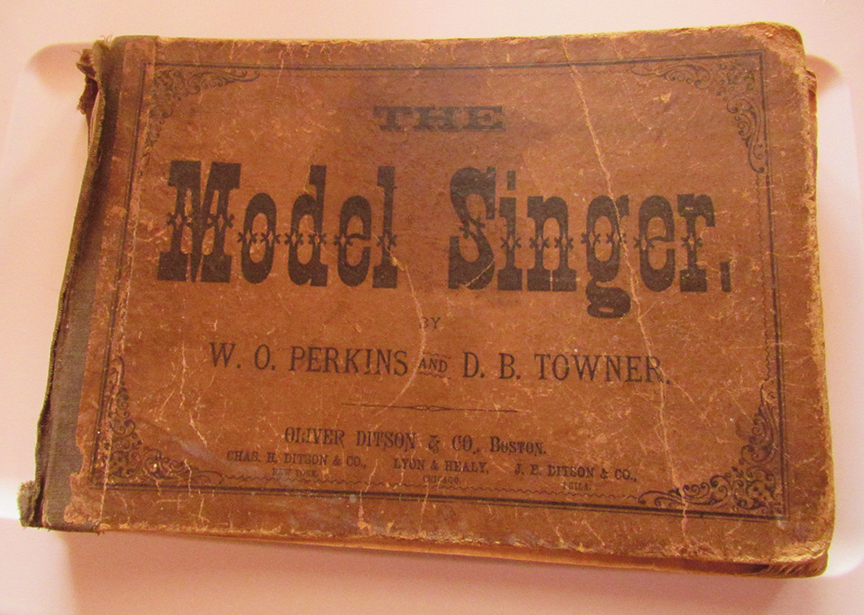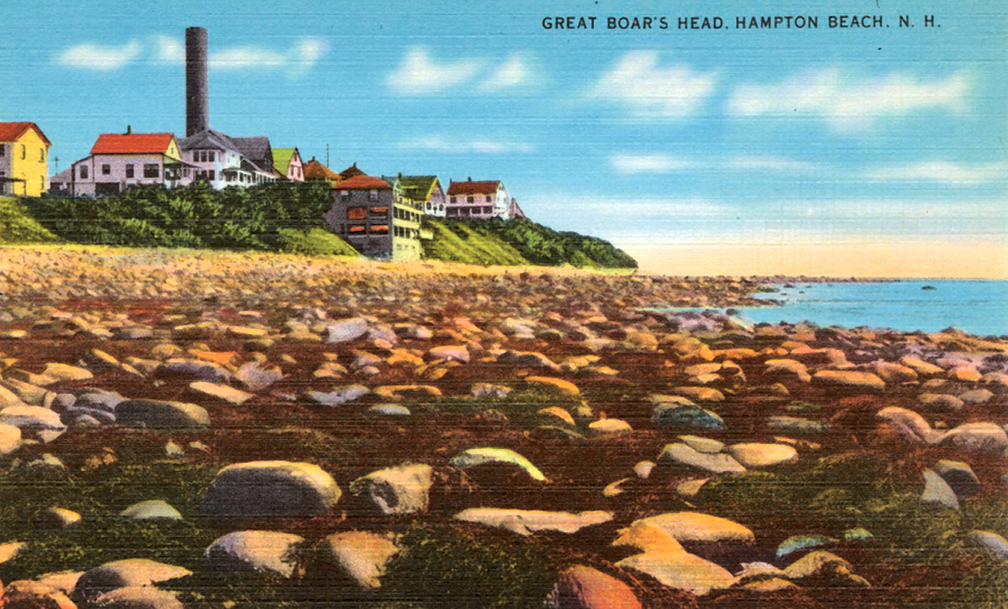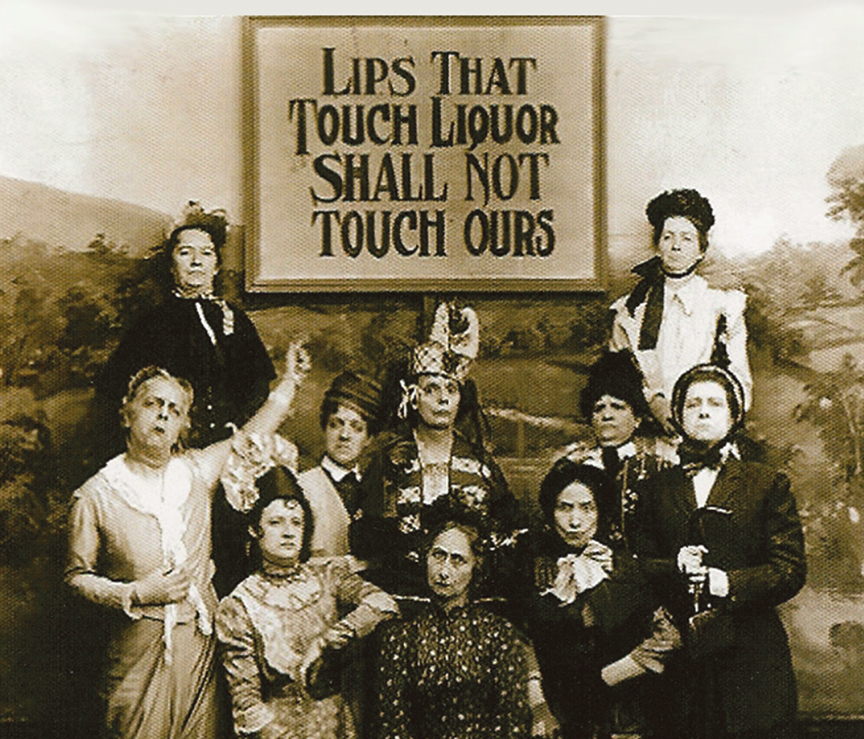When Rum Ruled – NH Had A Drinking Problem



by Robert Hanaford Smith, Sr.
Weirs Times Contributing Writer
Eight cents for a pint of rum, sixteen cents for a quart, 29 cents for two quarts, and 54 cents for a gallon of the alcoholic beverage.
A New Hampton merchant who, as was customary in those days, sold a good amount of rum on July 3, 1930 from the store he ran out of his home. According to the store ledger one man purchased six gallons of rum for three dollars. It wasn’t just the amount of that beverage that was purchased that Saturday of old, the day before the fourth of July, that was a surprise to me. It was the percentage of sales of rum compared to other items that continued to be sold when there was no holiday that got my attention and aroused my curiosity.
A good amount of tobacco also seemed to be among the best sellers of 1830. Then I discovered that within the history books of some New Hampshire towns written about the turn of the century into the 20th, there can be found the reason for so much rum. In the first half of the 1800’s New Hampshire had a drinking problem. Almost everybody drank alcoholic beverages, and many of the inhabitants drank a lot. Though rum was one of the most available of beverages it was not the only one used by New Hampshire citizens. Barrels of hard cider were stored in the cellars of rural homes, being the product of very productive apple trees in some areas of the state, and in places like Littleton, potato whiskey was available.
The story of New Hampshire’s drinking problem is probably found somewhere in the middle of a history book of your town with the explanation that the customs were different back then, as they were.
Sanbornton’s historian wrote that when a family received visitors it was not considered respectable if those visitors were not served an alcoholic beverage.

Mr. Metcalf of Bristol reported that for forty or fifty years the use of alcoholic drink in that town was almost universal with the staple drink being rum.
Everyone was said to have kept rum on hand as a treat for guests. I remember in my youth during haying time a special drink was made called switchel which contained vinegar and water and additional flavorings but no alcohol.
In the first part of the 1800’s it was rum that was an indispensable drink in the hay field, but became switchel when mixed with other ingredients. Metcalf, in his history of Bristol, wrote: “During the first quarter of the nineteenth century, the freedom with which liquors were sold and used caused Bristol to be called “Sodom’ and ‘Hell’s Half-acre.’”
James R. Jackson told a similar story about Littleton, pointing out that life three generations before he wrote of its history was not the same as that in his day. “Then no man lost caste by reason of overindulgence in drink, for the reason that it was a universal custom, indulged by priest and people.” There were but few exceptions to the custom and what were called “domestic spirits” in Littleton were mainly New England Rum and the before-mentioned potato whiskey. Again, rum was seen as “a universal beverage.”
Apparently not all rum was the same and I note that in the storekeeper’s ledger that West Indies rum sold for $1.08 a gallon.
Andover followed the custom of the time, also. Its residents planted apple trees and those trees thrived and produced an abundance of apples, more than were needed for eating so the remainder were crushed and squeezed to produce apple cider which was stored in barrels for winter use. One family of four was said to have stored 30 barrels of cider in their cellar in November, but they were buying cider from others by May.
Andover history writer John R. Eastman said that “Births, marriages and deaths were universally considered proper seasons for indulgence in copious draughts of brandy, rum, or strong wines.”

At town meeting in Sutton in the year 1815 the following provision was passed: “That each non-commissioned officer and private soldier enrolled in the train-bands of this town be furnished at the next general muster with one pound and one-fourth of good boiled beef, one pound of fine bread, one gill of rum, and one-fourth pound of powder, – the whole (i.e. the company) to be furnished with one barrel of good cider. All to be carried on to the field of parade.”
The Muster Day for the militia to train and for other activities was one of the times known for the drinking of alcoholic beverages. In those days when rum seemed to rule it was apparently not unusual for men to drink while at work.
A farmer in Andover was said to have hired a man to shovel manure with the man’s pay being his meals and a drink of cider for every wagon load he filled. The hired man filled the wagon twenty times, receiving a drink of cider after each load and being given a bonus of an additional quart of cider at the end of the day.
I found that the drinking habits of preachers seemed to be a favorite topic of the history writers around 1900. Some declared that it was the custom for those whom the preacher visited to provide him with a drink of an alcoholic beverage, but Eastman said that the pastor when making a call on parishioners would, upon entering a house, refresh himself with a little “toddy” that he usually had mixed himself, “…and on leaving his hospitable hosts he frequently took another ‘bracer’ to protect himself from the cold or heat of our whimsical climate.”
It was also claimed that preachers would partake of a little “toddy” in preparation for marriages and funerals.
One must wonder what it was like to live in a culture where rum and cider flowed so freely and were regularly consumed by so many.
The percentage of alcohol in their drinks is said to have been less than that of today, but the almost universal and frequent use was not without consequences that demanded some change, but it will take another article to tell what changes our ancestors made and how they made them.
I should add that the popularity and universality of drinking rum, etc. was not limited to New Hampshire or New England. One hundred years ago our country entered into a Prohibition period. The drinking problem that was prevalent in the first half of the 1800’s, however, couldn’t wait until the 1900’s to be dealt with.
Next week: A Prelude to Prohibition.
Robert Hanaford Smith, Sr., welcomes your comments at danahillsmiths@yahoo.com



